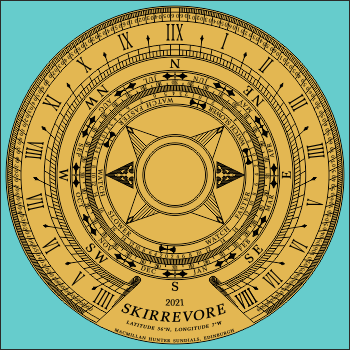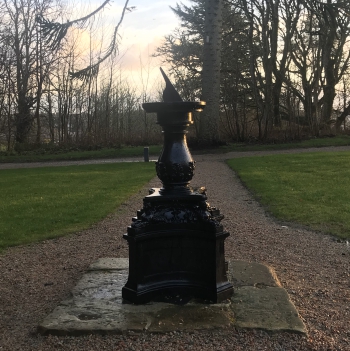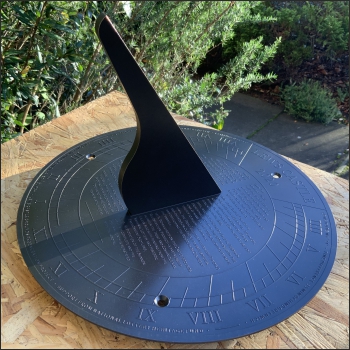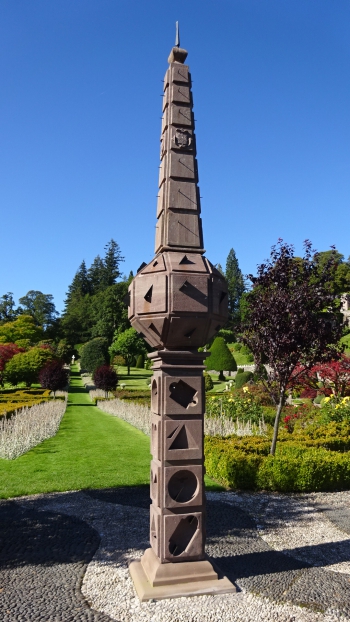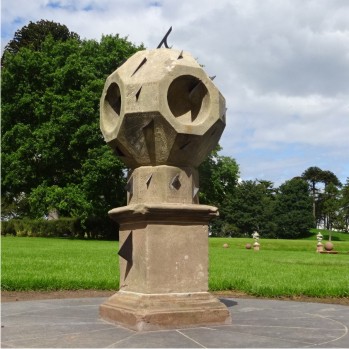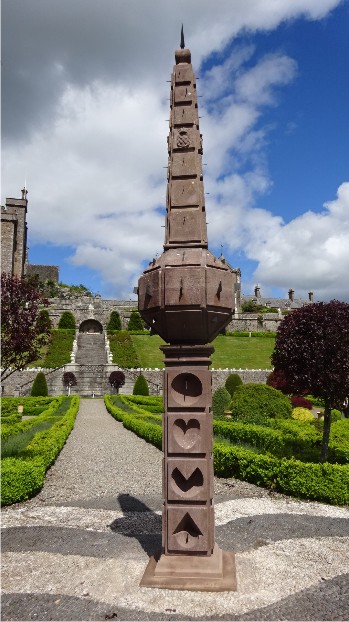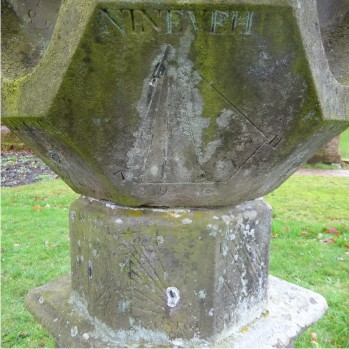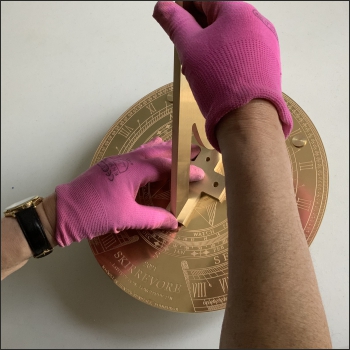
Details for making the sundial came from archive records and photos. This image shows the design and successful first assembly of the new parts.
The replica of a 19th century lighthouse sundial we are making will be part of a mobile exhibition. It is progressing well. Lighthouse sundials were made by skilled instrument makers, who worked mainly with hand tools. We are using modern techniques for cutting out the metal and etching the intricate design on the dial plate. The picture shows our first trial to assemble the dial and gnomon parts. Continue reading

